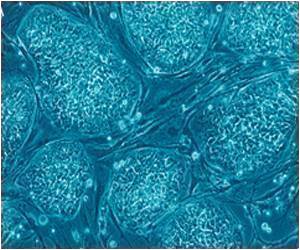- Scientists study the effectiveness of using protein profile of hair strands for identifying humans
- DNA from biological samples could be damaged due to heat and light.
- Database of protein biomarkers to be created for identification and creation of protein profile.
- Single strand of hair can be used to trace out an individual from millions.
- Heat
- Light
- Moisture
Proteins are made from amino acids which are the building blocks of life. The type of protein that is secreted depends on the sequence coded by the DNA. Dr Glendon Parker elaborates on the role of DNA in protein synthesis “For a DNA mutation to be reflected in a protein’s amino acid sequence, two things must happen. Firstly, the DNA sequence must actually be expressed in a protein. Surprisingly, only one percent of the genetic code actually codes for proteins. Secondly, the mutation cannot be silent, which occurs when two different DNA sequences generate the same amino acid. A tremendous amount of variation exists in humans, so even accounting for these requirements, we still have many candidates to consider.”
Robustness of Protein in Analysis
Identification of humans based on biological samples is a very useful technique in the field of forensics as well as in archaeology. They aid in uniquely spotting humans who have been at a particular place. Though DNA can be used for identification purposes, the biological samples may have had to undergo the vagaries of nature, which erodes its ability to keep the DNA intact.
This raises the need for a better analysis technique that utilizes the biological sample available to single out an individual. To test the efficiency in identification, the researchers took bioarcheological hair samples that were from six different people. The samples were expected to be 250 years old and were from London graves, protein markers were successfully isolated from these samples.
Process of Analysis
The Promise
The researchers plan on creating over a 100 markers that can be used to uniquely identify a an individual based o the protein present in a single hair.
The quest towards advancement in science have propelled forensic studies which rely on very few biological samples at the scene of crime. Fingerprints that were very popular earlier are now cleverly wiped out by suspects, deeming this method of investigation difficult to depend upon.
Later DNA studies that relied on biological samples to extract the DNA and to specifically single out an individual was employed. However, the extremes in climatic conditions could affect the quality of analysis.
This seems to be the era on using proteins in analysis as stated by co-author of the study Dr. Brad Hart who is the director of the Lab's Forensic Science Center “We are in a very similar place with protein-based identification to where DNA profiling was during the early days of its development. This method will be a game-changer for forensics, and while we've made a lot of progress toward proving it, there are steps to go before this new technique will be able to reach its full potential."
USES
This technique can be used inidentifying
- Suspects in murder or crime scenes
- Understanding human movement across the globe
- Identifying victims in natural disasters
- Identifying war victims
- Identifying bodies in mass graves
- Determining if an individual entered a room or capacity
- Tracing missing babies/children to their parents
Reference:
- New Role for Hair in Human Idetification - (https://str.llnl.gov/july-2015/hart)
Source-Medindia
















